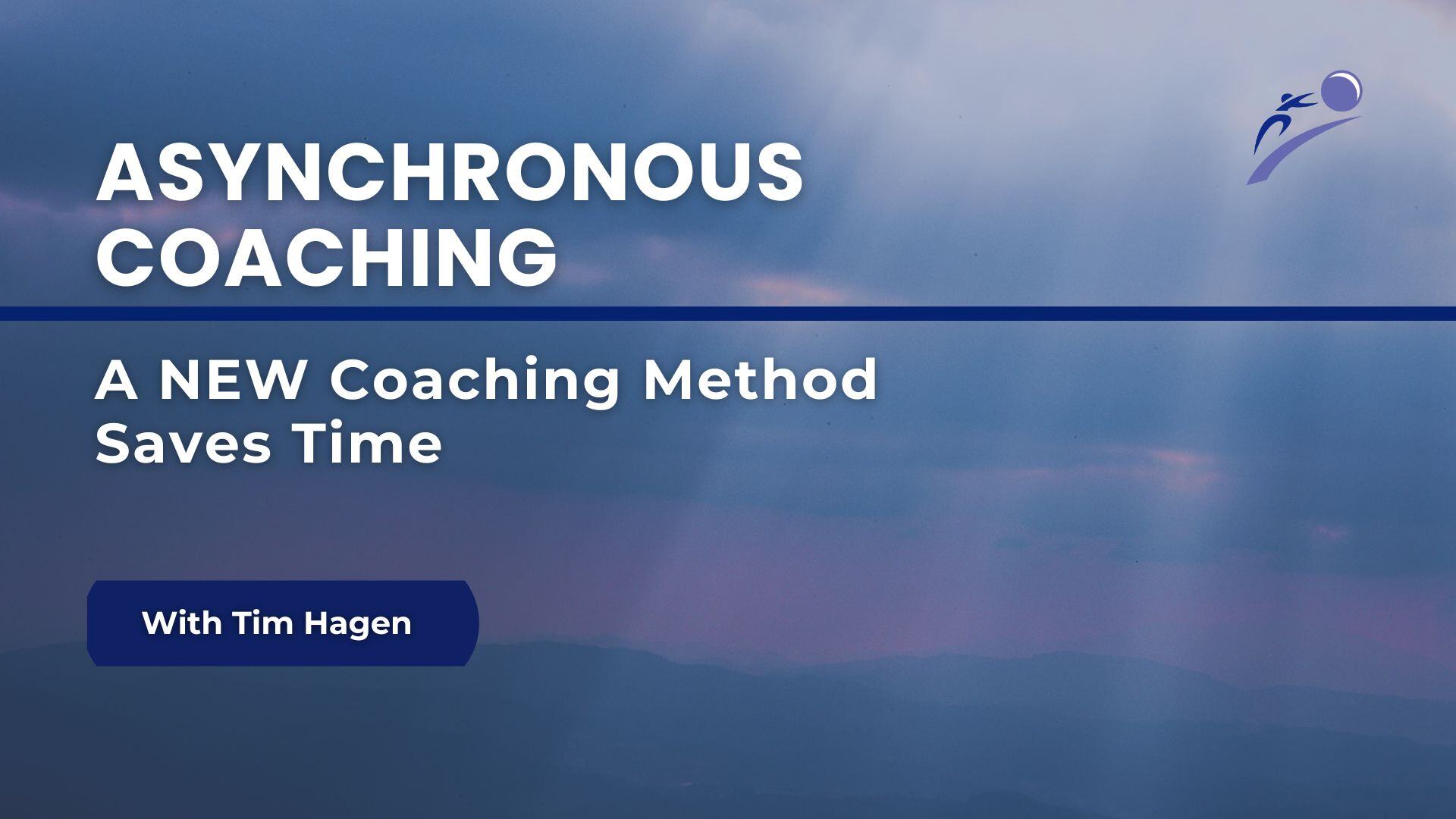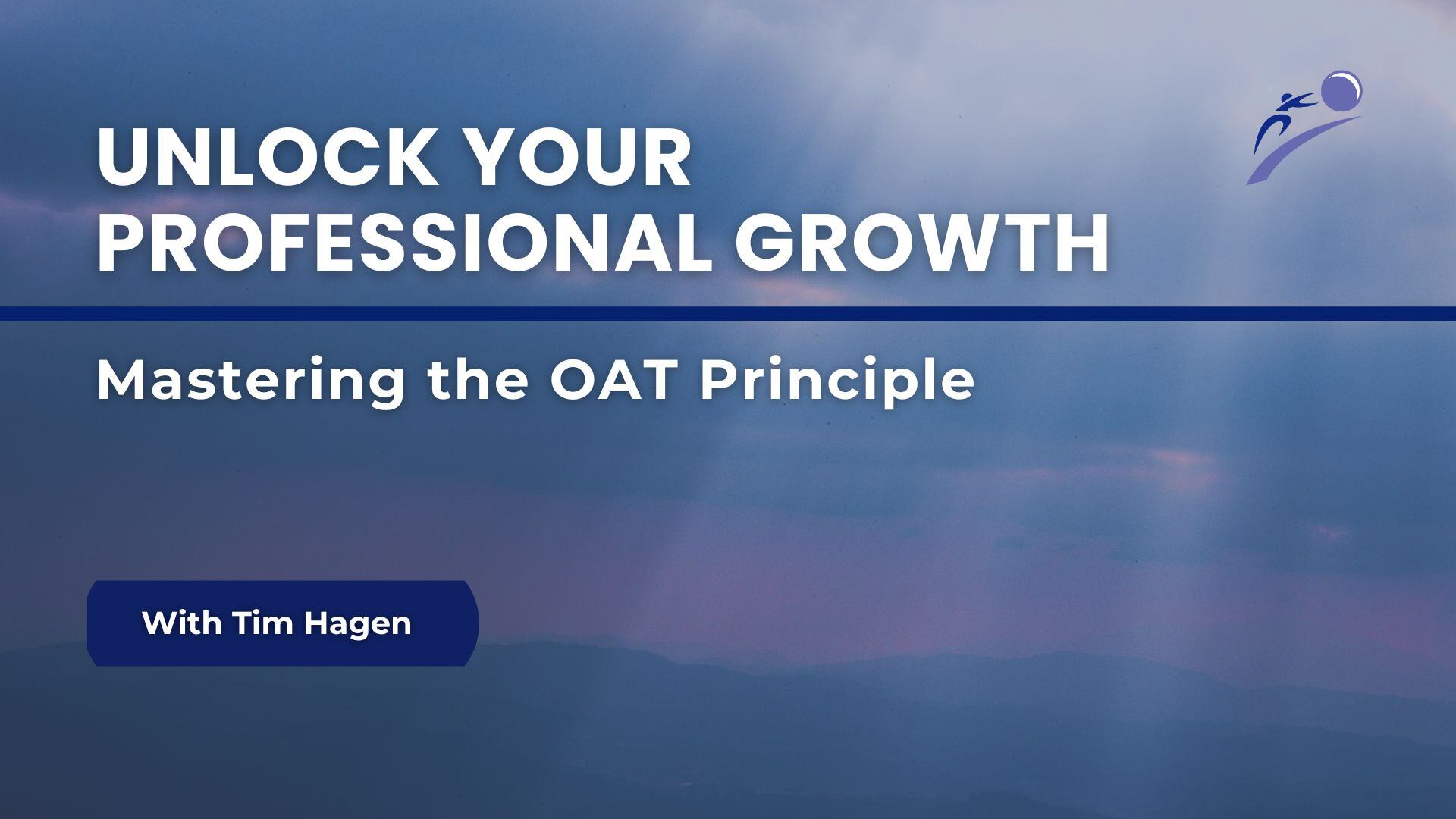HAZARDS OF COACHING YOUR WEAKEST PERFORMER
When coaching employees that perform at different levels, it is critical that you be conscious of the amount of time you spend coaching each employee. You may instinctively want to spend more time and effort working with your weakest employee(s) to guide him or her to perform better. However, over-coaching your weakest link can be risky. Coaching down to an underperforming employee is an easy trap to fall.
Weak performing employees usually struggle with blaringly obvious issues, which will entice you to jump right into problem solving coach mode. First, keep an eye your weakest employee(s) to observe his or her behavior and attitude. More often than not, a destitute employee is aware that he or she is a mismatch for the position and therefore has stopped trying to improve. They may exude low participatory levels, become disengaged from his or her work, and potentially even be seeking a new job. This is a bad investment scenario for you. You will be squandering valuable coaching time trying to develop the skills of an employee who does not intend on producing a return on your investment.
More over, you will be unintentionally ignoring your top performing employee(s). Even though high performing employees may not have overt weaknesses, he or she will have areas that are in need of improvement and require your coaching attention. It is more logical for you to invest your time, effort, and guidance in a high performing employee who has historically produced more sales/revenue…simple ROI principles applies here.
When faced with splitting time between high and low performing employees, be sure to evaluate the your employee’s level of commitment and dedication to grow within your organization, and then decide how, and with whom you will be investing your coaching and development efforts with.
For more information on smart coaching, click below for a free whitepaper download: "Invest In The Good Things"






